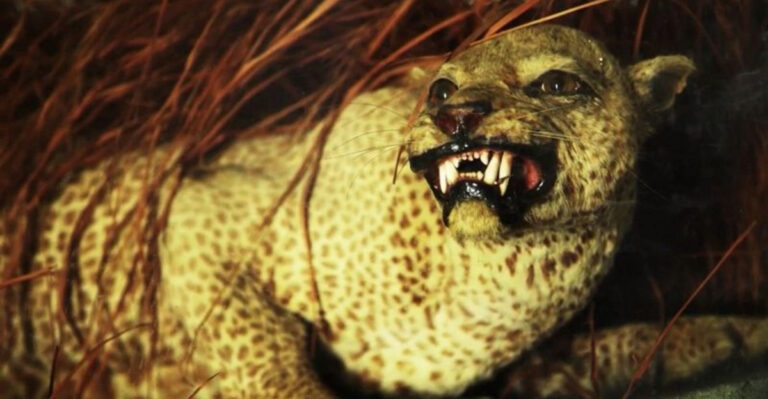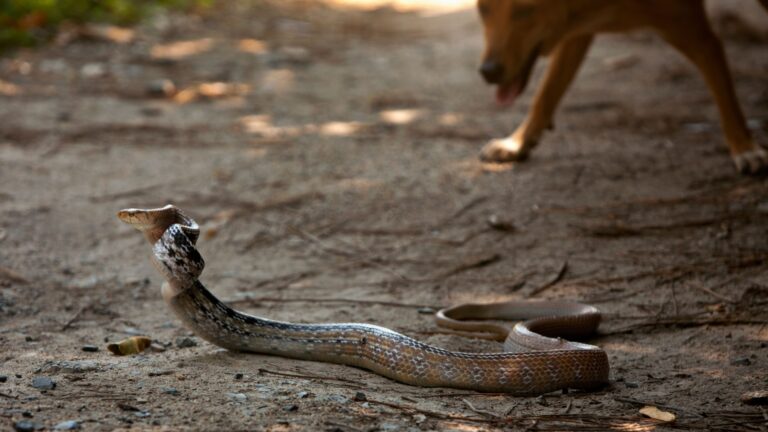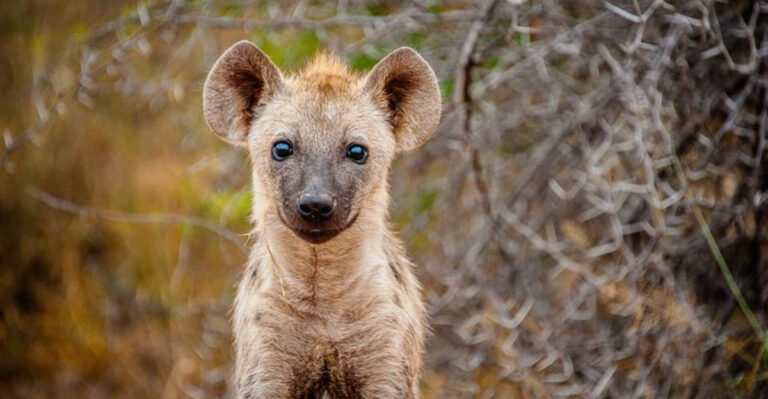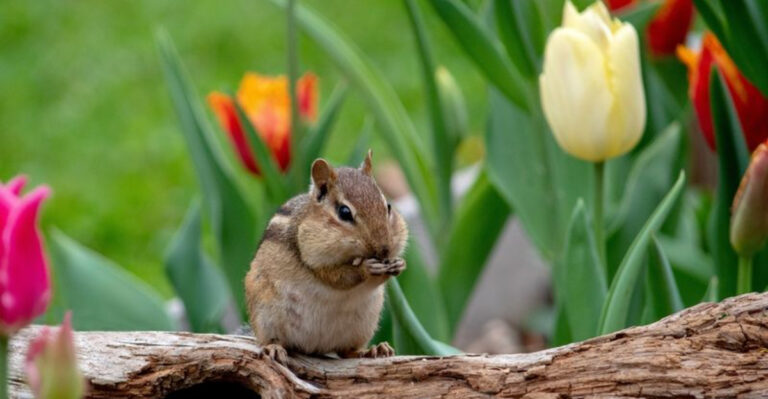The 15 Smartest Bird Species In America
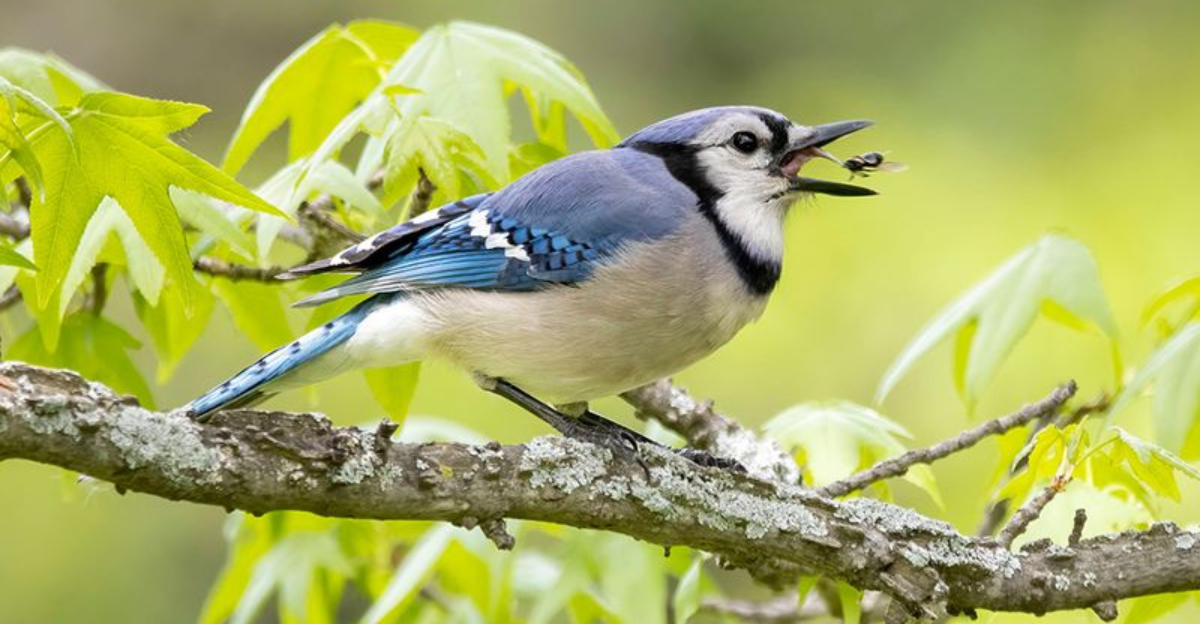
Birds aren’t just beautiful creatures soaring through our skies—many are remarkably intelligent too.
Across America, several bird species showcase problem-solving abilities, tool use, and memory skills that rival some mammals.
These feathered geniuses have adapted to various environments and developed impressive cognitive abilities that help them survive and thrive in the wild.
1. Ravens: Nature’s Problem Solvers
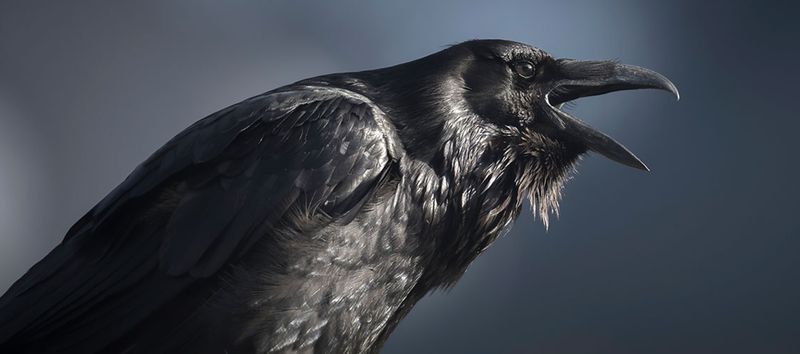
Ravens possess an almost spooky intelligence that puts them among the brainiest birds anywhere. These glossy black thinkers can solve complex puzzles, use tools, and even plan for future events—a rare ability in the animal kingdom.
When faced with a challenge, ravens get creative. They’ve been observed dropping nuts onto roads so cars will crack them open, then waiting for traffic lights to change before safely retrieving their snack.
2. Crows: The Urban Geniuses
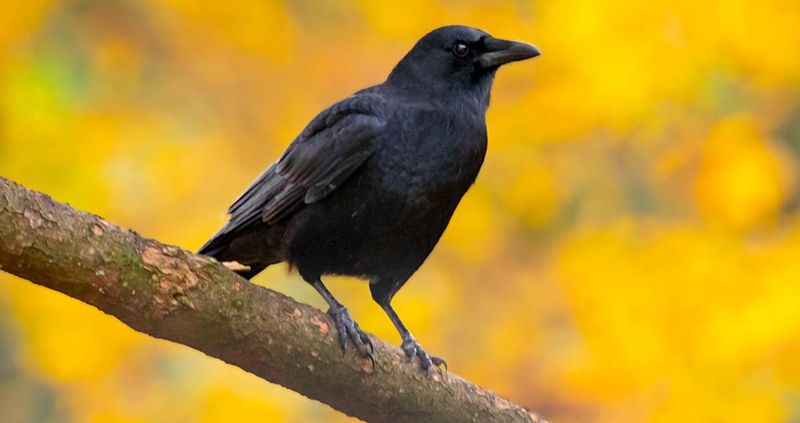
Meet the feathered Einsteins of city life. American Crows recognize individual human faces, remember who’s been kind or threatening, and pass this knowledge to their young and flock members.
Their tool use is legendary—fashioning sticks into hooks for grabbing food or dropping hard nuts onto crosswalks, then waiting for cars to crack them open. Some crows even understand water displacement, dropping stones into containers to raise water levels and reach floating treats.
3. Blue Jays: Woodland Masterminds
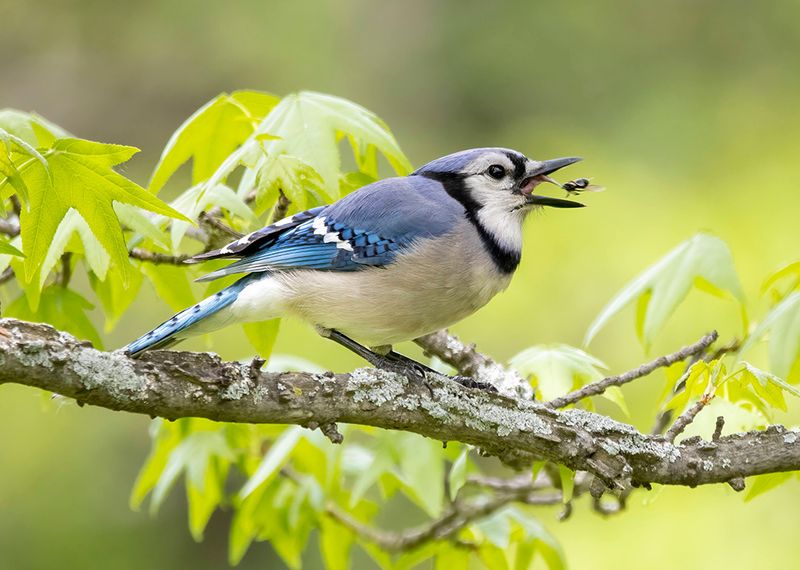
Bold and brilliant, Blue Jays are the woodland’s tactical geniuses. With exceptional memory skills, they cache thousands of acorns each autumn and remember most hiding spots months later.
Communication is their superpower—they mimic hawk calls to scare away competitors or alert the forest to genuine predators. Blue Jays can recognize and count small numbers, helping them track food stores and detect if another animal has raided their hidden treasures.
4. Clark’s Nutcracker: Memory Champion
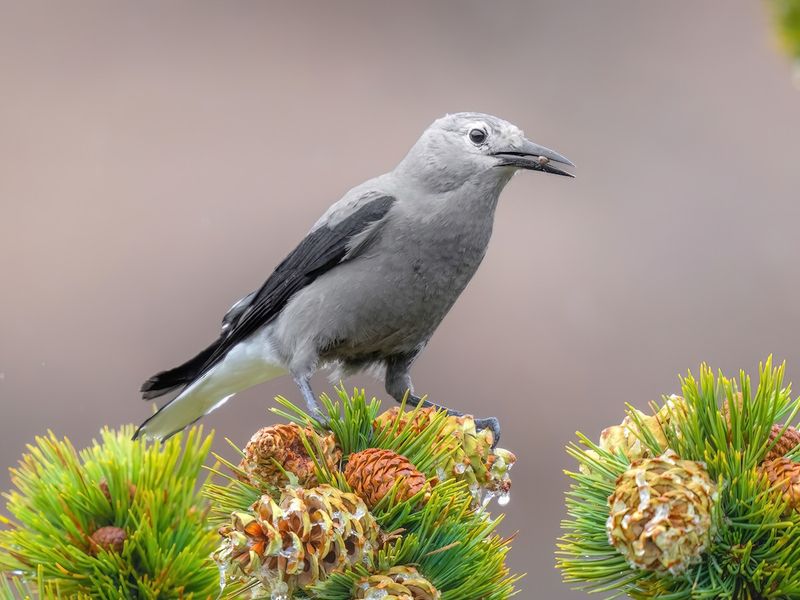
Imagine remembering the locations of 10,000 hidden items without a map or GPS. That’s daily life for the Clark’s Nutcracker, a mountain-dwelling marvel with perhaps the most impressive spatial memory of any bird in North America.
During autumn, each bird buries up to 33,000 pine seeds in up to 2,500 different caches, then recalls these locations months later—even beneath snow. This remarkable memory allows them to survive harsh mountain winters when food is scarce.
5. Mockingbirds: The Vocal Virtuosos
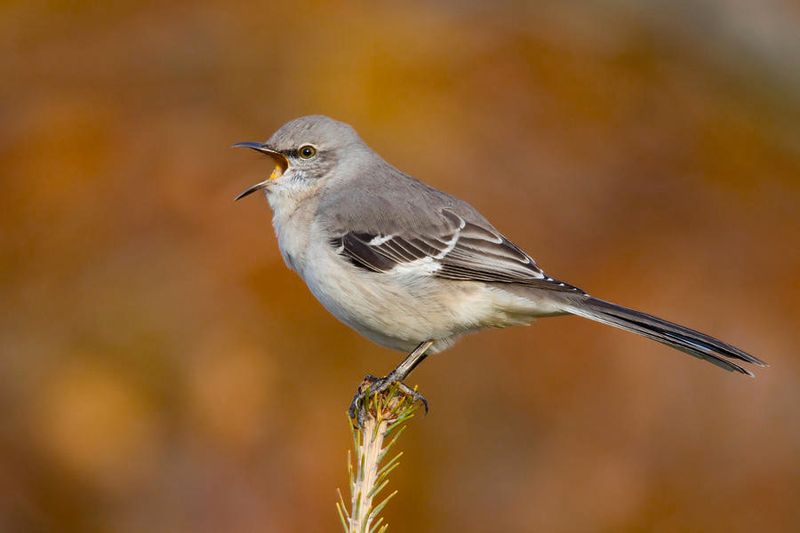
Northern Mockingbirds aren’t just talented mimics—they’re sonic geniuses with brains wired for musical complexity. A single mockingbird can learn and perform up to 200 different songs during its lifetime.
Their intelligence shines through their ability to recognize specific humans who have threatened their nests in the past. Male mockingbirds strategically create unique song medleys to attract mates, demonstrating creativity and musical innovation that suggests sophisticated cognitive processing.
6. Western Scrub-Jays: Planning Prodigies
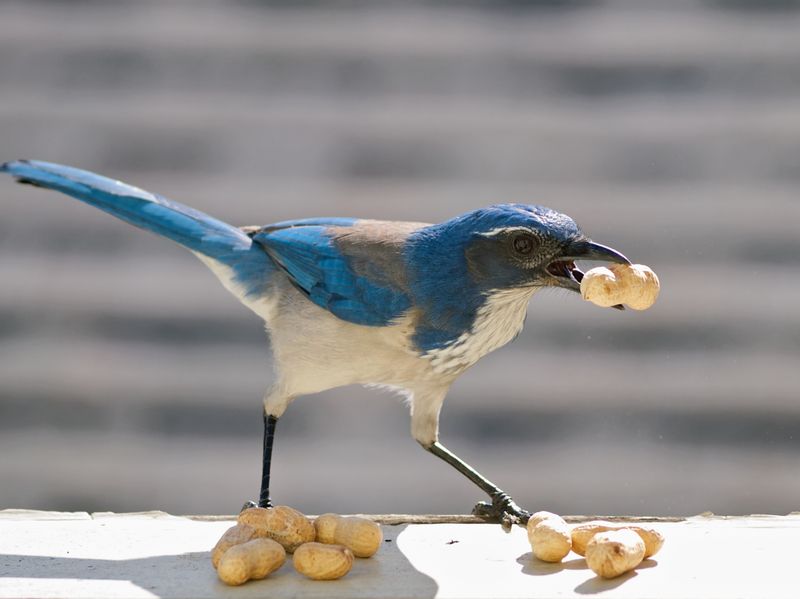
Few animals can truly plan for the future. Western Scrub-Jays belong to this elite group, showing foresight that was once thought unique to humans.
These brilliant blue birds cache food when plentiful, hiding different types in various locations based on perishability. Remarkably, they even re-hide food if they notice another jay watching them—showing they understand others might steal their stash and demonstrating a primitive form of mind-reading.
7. American Kestrels: Tactical Hunters
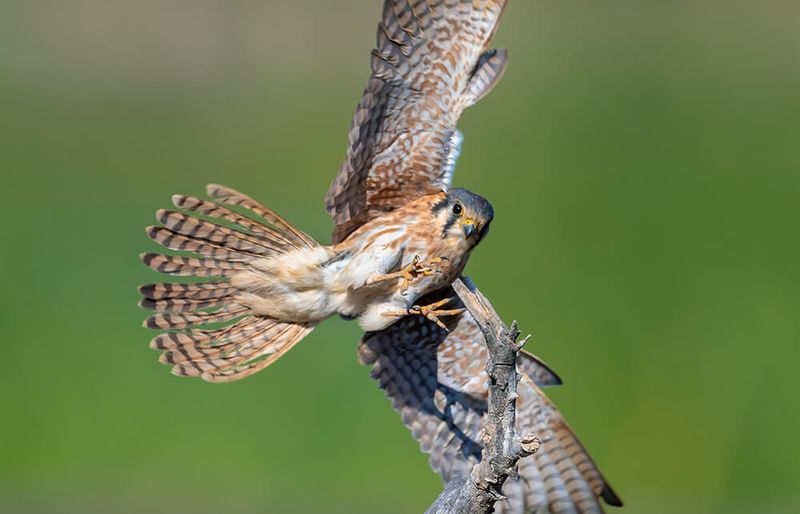
America’s smallest falcon packs impressive brainpower into its tiny frame. Kestrels hover with supernatural precision, using ultraviolet vision to track rodent urine trails invisible to human eyes.
Their hunting strategy shows remarkable adaptability—they adjust techniques based on prey behavior and environmental conditions. When living near humans, kestrels learn to follow lawn mowers, knowing the machines flush out prey. Some even cache surplus food for later, showing planning abilities.
8. Woodpeckers: Specialized Problem Solvers
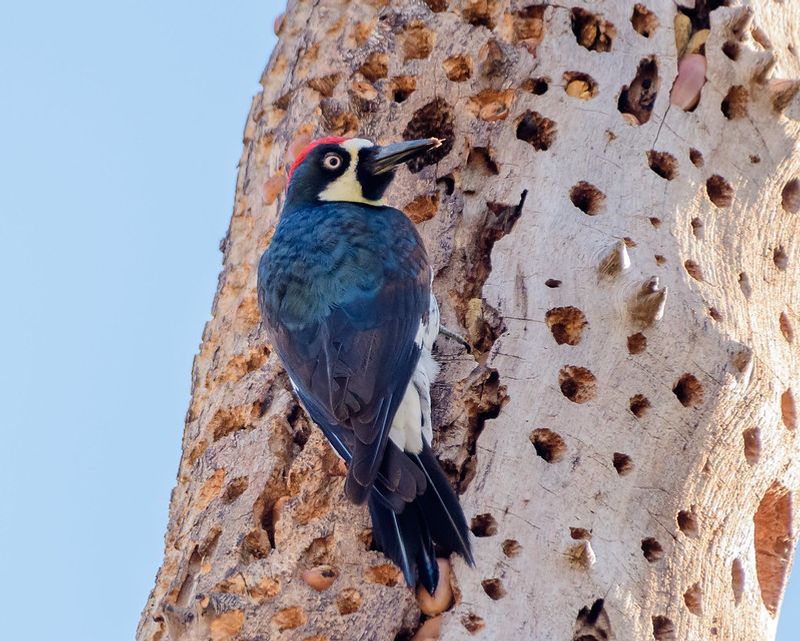
Woodpeckers demonstrate specialized intelligence through their remarkable adaptations. The Acorn Woodpecker creates elaborate granaries by drilling thousands of perfectly-sized holes in trees, then filling each with a single acorn.
Their engineering prowess doesn’t stop there. Woodpeckers have evolved shock-absorbing adaptations that prevent brain damage despite hammering at 20 times the force humans could survive. Some species, like the Red-headed Woodpecker, even employ sophisticated food storage techniques, wedging insects into bark crevices for later consumption.
9. Great-Tailed Grackles: Adaptable Innovators
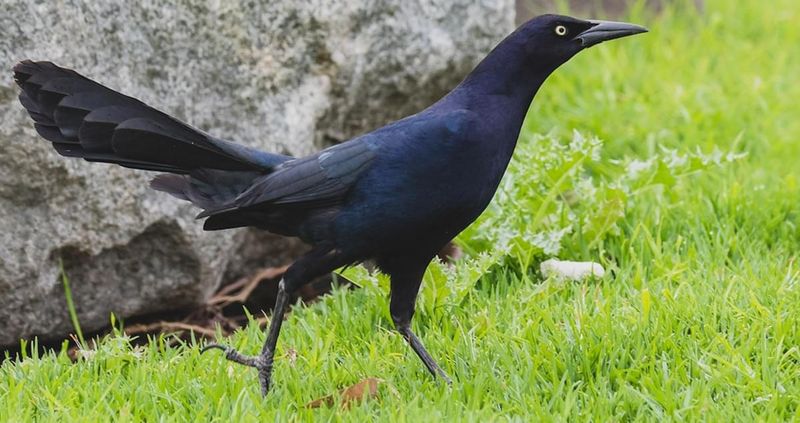
With their glossy iridescent feathers and confident strut, Great-tailed Grackles are the quick-witted opportunists of American birds. Their population explosion across the Southwest demonstrates remarkable adaptability to human-altered environments.
Research shows these birds excel at innovative problem-solving, quickly figuring out multi-step puzzles to access food rewards. They learn from watching others and readily adjust strategies when conditions change—hallmarks of flexible intelligence that helps them thrive where other species struggle.
10. Carolina Chickadees: Social Learning Experts
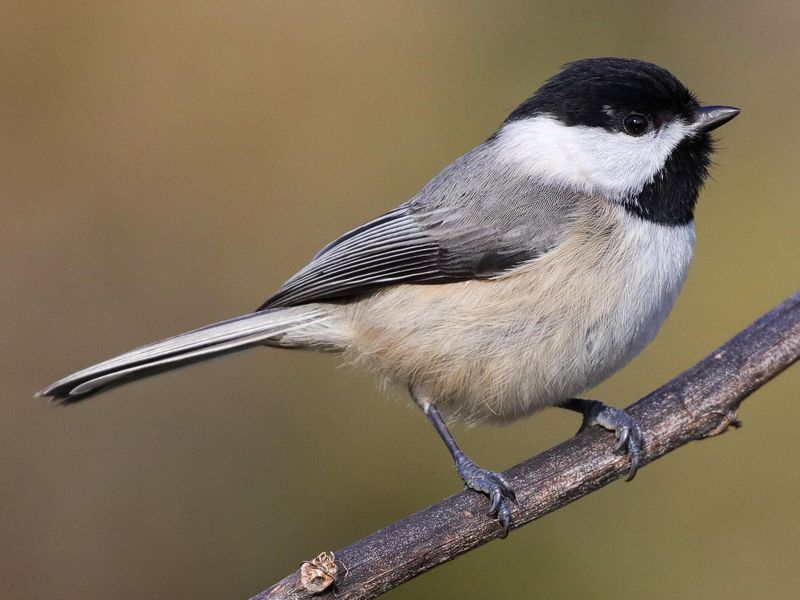
Don’t let their tiny size fool you—Carolina Chickadees possess remarkable cognitive abilities. These social birds maintain complex hierarchies and communicate through sophisticated vocalizations that convey specific information about food and threats.
Their memory capabilities are astounding. Chickadees can remember thousands of food cache locations throughout winter. They’re quick learners too, mastering new skills by observing others and adapting their behaviors based on changing environmental conditions, demonstrating impressive neuroplasticity despite their tiny brains.
11. Barn Owls: Nighttime Navigation Experts
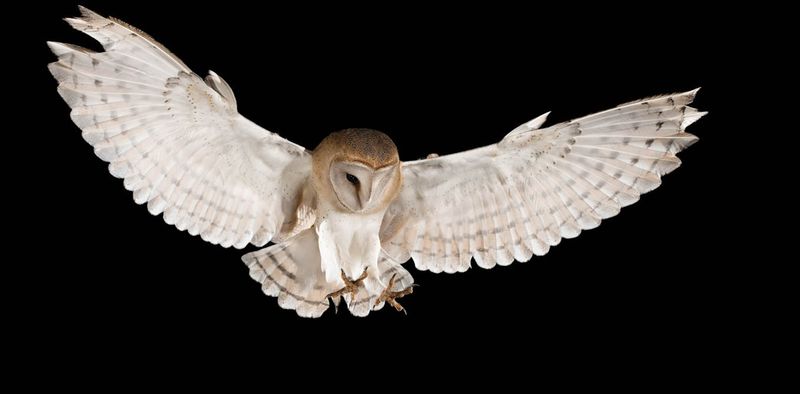
Barn Owls possess specialized intelligence optimized for nocturnal hunting. Their brain contains a detailed auditory map allowing them to pinpoint prey in complete darkness with astonishing accuracy—within 1-2 degrees horizontally and vertically.
Unlike many birds, they can learn and adapt hunting techniques based on changing conditions. Their facial disc works like a satellite dish, channeling sounds to asymmetrically placed ears that can detect a mouse rustling from 30 feet away. This specialized neural processing represents a unique form of avian intelligence.
12. Green Herons: Tool-Using Fishermen
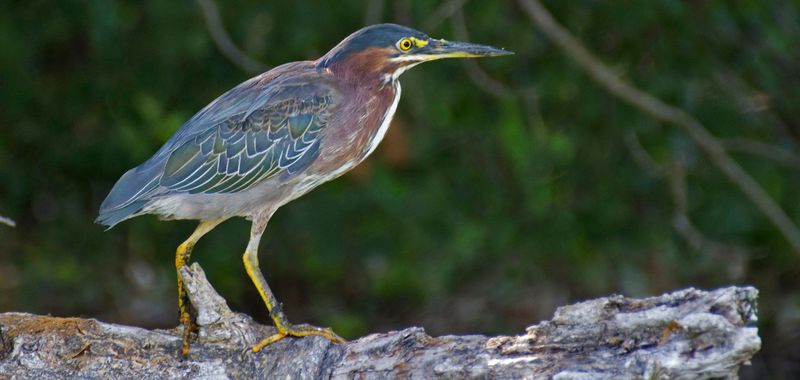
Green Herons belong to an exclusive club of tool-using birds. These compact wading birds deliberately place bait—insects, twigs, or bread—on water surfaces to lure curious fish within striking distance.
This sophisticated fishing technique demonstrates understanding of cause and effect relationships. Even more impressive, they adjust their bait and technique based on conditions and target species, showing adaptive problem-solving. Young herons learn partly through observation, suggesting a form of cultural transmission of knowledge.
13. Red-Shouldered Hawks: Strategic Hunters
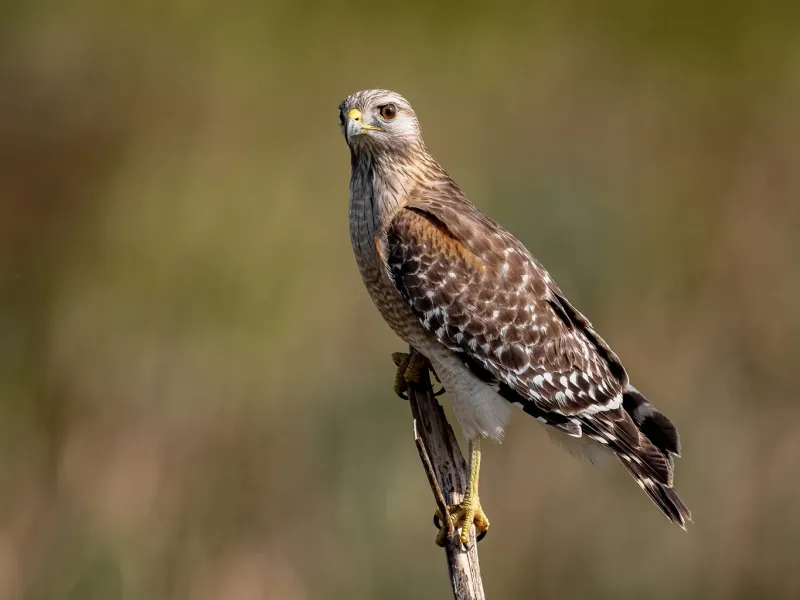
Red-shouldered Hawks showcase tactical intelligence through their hunting strategies. Unlike many raptors, they’ve been documented using clever deception—mimicking the calls of blue jays to flush out hidden prey.
Their spatial cognition allows for precise navigation through dense forest canopies at high speeds. These adaptable hunters modify techniques based on prey behavior and environmental conditions. In suburban areas, some have learned to follow human gardeners who disturb potential prey, showing remarkable behavioral flexibility.
14. Wild Turkeys: Underestimated Intellects
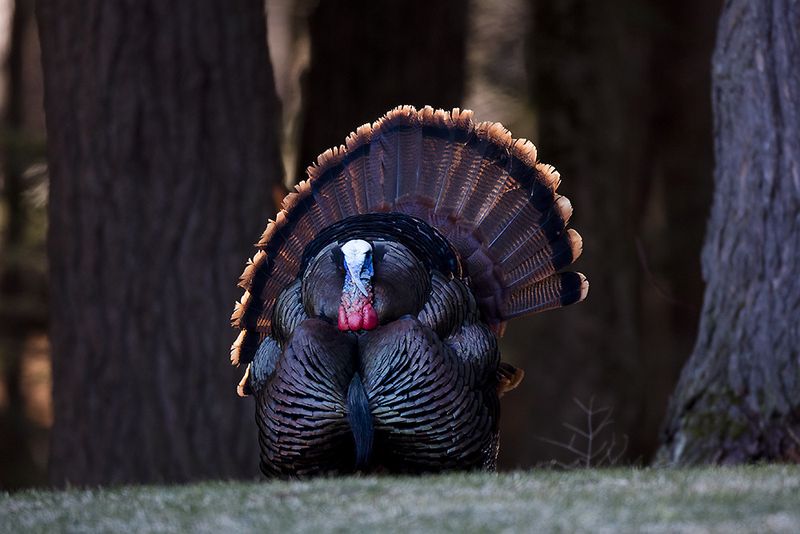
Beneath that ungainly appearance lies a surprisingly sharp mind. Wild turkeys recognize individual humans and remember how specific people have treated them—approaching friendly humans while avoiding those who have threatened them.
Their social intelligence enables complex flock hierarchies with sophisticated communication systems. Adult turkeys remember and navigate home territories spanning several miles with remarkable precision. They can also adapt hunting and foraging strategies based on changing environmental conditions, qualities that helped them recover from near-extinction.
15. Northern Cardinals: Adaptive Learners
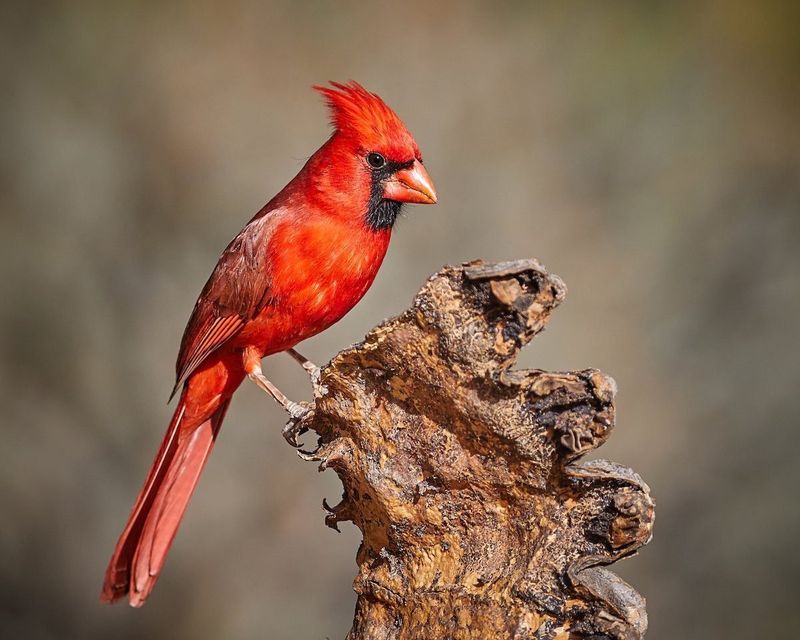
Those brilliant red birds visiting your feeder are smarter than they get credit for. Northern Cardinals show impressive adaptive learning capabilities, quickly figuring out complex feeder mechanisms and remembering reliable food sources across seasons.
Their intelligence extends to nesting behaviors. Cardinals evaluate multiple potential nest sites before selecting the safest location, then adapt construction techniques based on available materials. They’ve also developed specialized alarm calls that convey specific information about different predator types to their mates and offspring.

